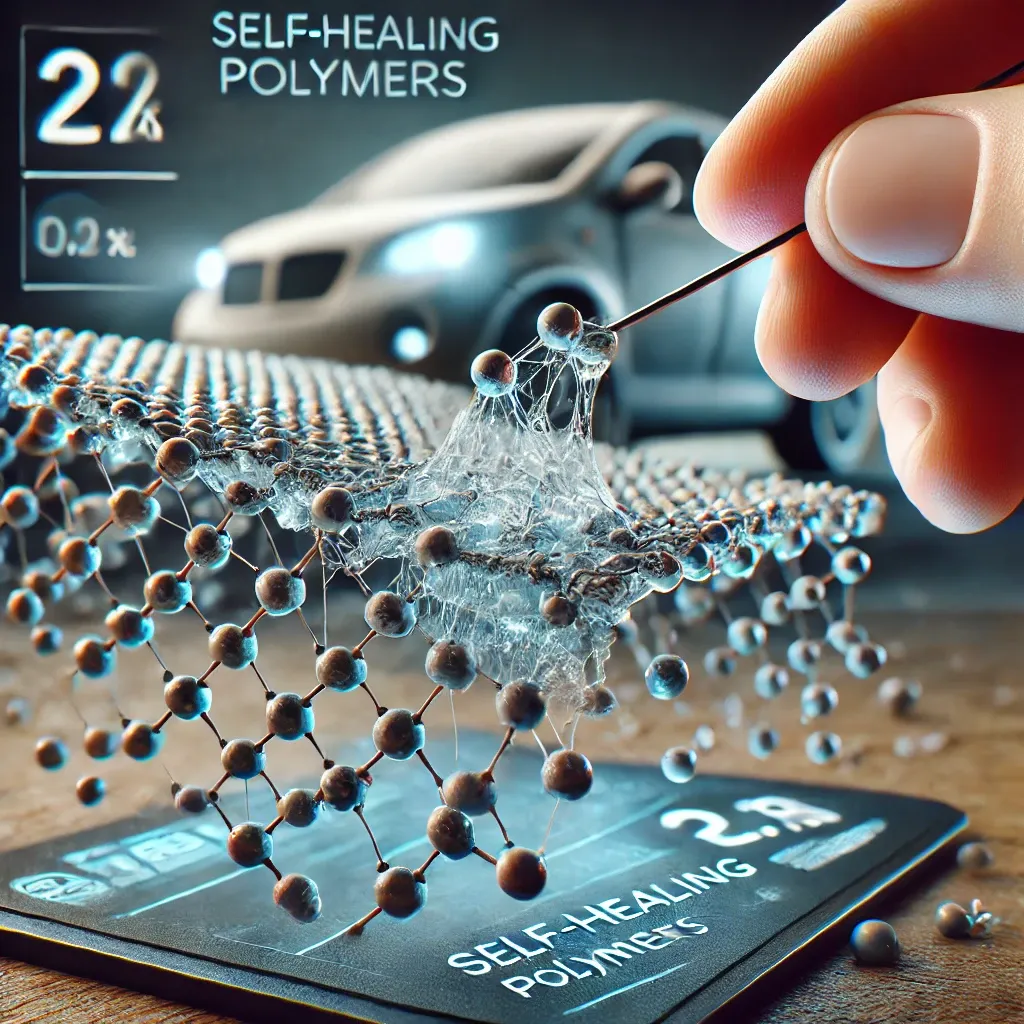How Will Self-Healing Polymers Change the Future?
Article Source: Advances in Self-Healing Polymers

Why You Should Care
Self-healing polymers can fix themselves when damaged, like magic! These materials could revolutionize industries by making products last longer and reducing waste. Imagine a phone screen that repairs itself or a car bumper that fixes its own scratches.
Answering the Question… How Will Self-Healing Polymers Change the Future?
Self-healing polymers can significantly extend the lifespan of products by repairing damages automatically. Researchers found that these materials can heal up to 95% of damage within hours. This innovation could save industries billions of dollars in repair and replacement costs and reduce environmental impact by decreasing waste.
How Was the Study Done?
Scientists tested various self-healing polymers in controlled environments. They applied stress to these materials, creating cracks and damages, and then observed how well and how quickly they could repair themselves. The study involved measuring the efficiency of the healing process and the durability of the polymers after repeated damage and repair cycles.
What Was Discovered?
- High Healing Efficiency: Self-healing polymers can repair up to 95% of damage within a few hours.
- Durability: These materials remain durable after multiple damage-repair cycles, maintaining their strength and flexibility. Some polymers can undergo 50+ damage-heal cycles without significant loss of properties.
- Cost Savings: Industries could save billions in repair and replacement costs. For example, using self-healing materials in automotive paint could reduce annual repair costs by up to 40%.
- Environmental Impact: Using self-healing polymers can reduce waste significantly, making products more sustainable. An estimated 30% reduction in landfill waste could be achieved by incorporating these materials into consumer products.
- Versatility: Self-healing polymers can be used in various applications, from electronics to automotive and aerospace industries. Applications range from self-healing phone screens to infrastructure repairs.
- Healing Speed: Some polymers can heal damage in just a few minutes, making them highly efficient for practical use. Certain types of self-healing polymers can restore 80% of their original strength within 10 minutes.
- Reduced Maintenance: Products made with self-healing polymers require less maintenance, leading to longer-lasting and more reliable items. For example, coatings with self-healing properties can extend the life of structures by 25%.
Why Does It Matter?
Self-healing polymers are set to revolutionize many industries by making products more durable and sustainable. This innovation can lead to significant cost savings and environmental benefits, as products last longer and require fewer repairs.
Understanding and supporting this technology can help pave the way for a future where materials repair themselves, reducing waste and conserving resources.
Link to full article: Advances in Self-Healing Polymers
